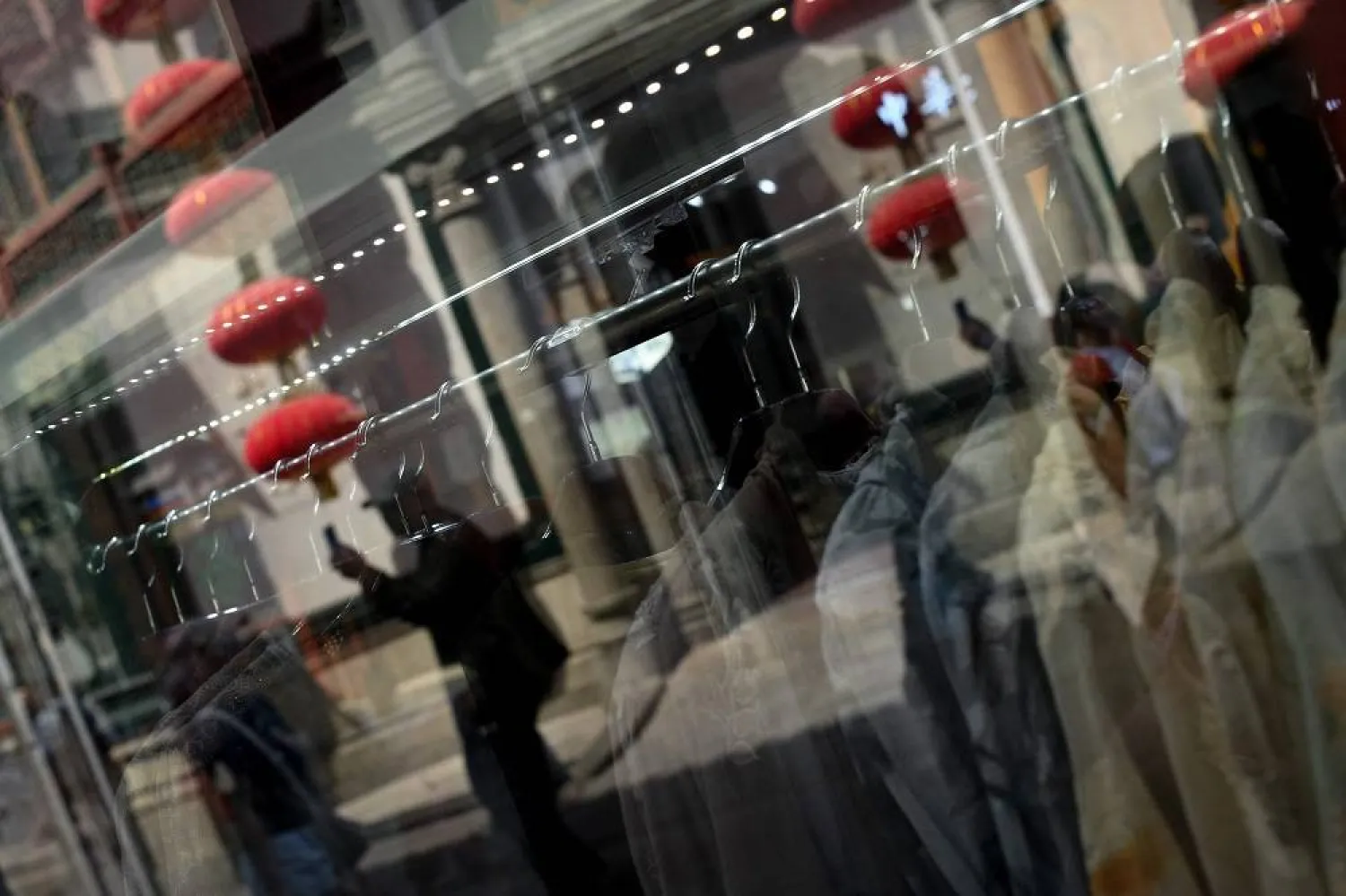The value of non-oil foreign trade passing through Abu Dhabi ports over 11 months in 2021 amounted to some AED190.20 billion (51.7 billion), an increase of 2.9 percent compared to the same period in 2020, which saw a total of AED184.93 billion (%50.3 billion).
This data revealed by a report, titled, "Non-Oil Foreign Merchandise Trade Through the Ports of Abu Dhabi", and published by the Statistics Centre-Abu Dhabi (SCAD).
Abu Dhabi’s non-oil trade was distributed between imports worth AED83.63 billion ($22.7 billion) and non-oil exports worth over AED71.17 billion ($19.3 billion), an increase of 5.4 percent compared to the same period last year, in addition to re-exports valued at nearly AED35.39 billion ($9.6 billion), an increase of 10 percent compared to 2020.
The value of foreign trade through Abu Dhabi’s ports in November 2021 amounted to over AED20.35 billion ($5.5 billion) compared to AED16.83 billion ($4.5 billion) during the same reporting period in 2020, divided between imports worth AED8.37 billion ($2.2 billion) or 41.1 percent of total trade, non-oil exports worth AED7.79 billion ($2.1 billion) or 38.3 percent of total trade, and re-exports worth AED4.18 billion ($1.1 billion) or 20.6 percent of total trade.
Saudi Arabia was Abu Dhabi’s leading non-oil merchandise trade partner in November 2021, when the value of their trade exchange was AED4.87 billion ($1.3 billion), followed by China with AED1.15 billion ($313 million), then the US with AED1.146 billion ($311 million).
The value of non-oil merchandise trade going through customs in November 2021 was distributed between seaports with AED7.21 billion ($1.9 billion), airports with some AED5.98 billion ($1.6 billion), and land ports with AED7.14 billion ($1.9 billion).
The value of non-oil merchandise trade in November 2021 was distributed between the economic categories of industrial supplies worth AED11.56 billion ($3.1 billion); production merchandise other than transportation equipment worth AED2.71 billion ($737 million); transport equipment, parts and accessories worth AED2.49 billion ($677 million); food and beverages worth AED1.51 billion ($411 million); consumer goods worth AED1.96 billion ($533 million); fuel and lubricants worth AED88.8 million($24.1 million), and other goods worth AED12.5 million ($3.4 million).







